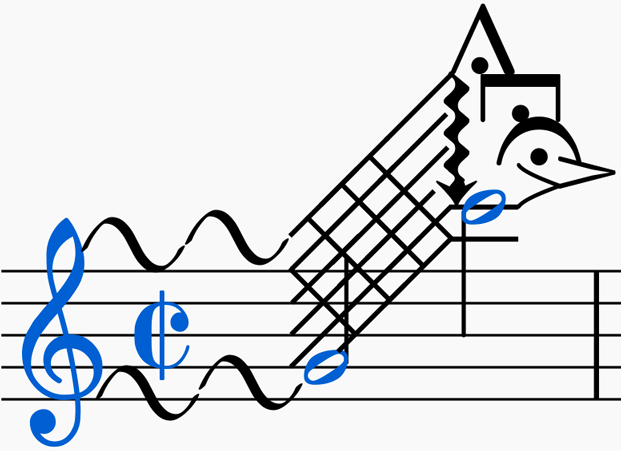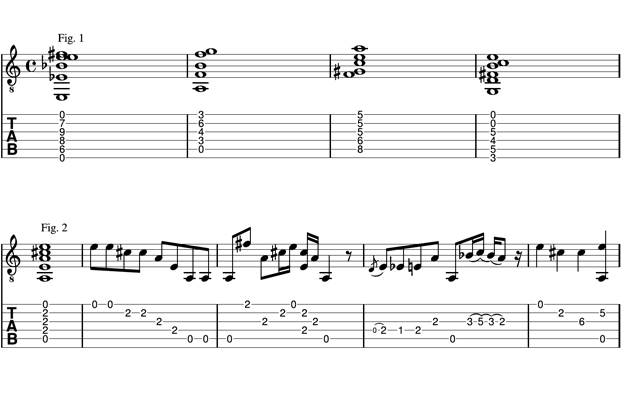From G to C: How to Jumpstart Your Guitar Creativity

Here’s something you’ve got to try at least once: Hold the guitar the other way around and try to play your usual licks.
Why should you try this weird experiment? First of all, it’ll probably bring you back to when you held the guitar for the first time, so you can instantly see how good you’ve become and have a sense of achievement.
Second, if you’re a guitar teacher, it will remind you how tough it is for beginners during their first few weeks of playing, and it might increase your patience and compassion toward your students. Third, and most important, it creates a challenge. By introducing an obstacle, your creative juices might start flowing.
When you do things in an out-of-the-ordinary way, you force your brain to find new approaches to playing guitar.
The First Two Rules of Creativity
Being creative means that A) you use the same means (same instrument, same hands, etc.) to achieve different goals and discover new territories, and B) you achieve the same goal by discovering new means to use the instrument. For example, take the guitar and try to play a chord you’ve never played before, just by placing your fingers randomly on different frets and strings. Didn’t like the sound of that chord? Try another one ... and another (see FIGURE 1).
Now try to play a simple chord but in as many different ways as possible (See FIGURE 2. I’ve used A).

That’s it. If you can come up with 10 different new chords and 10 different ways for each exercise, and if you’re happy with the results, you’ve done your daily creativity routine. In addition to training the brain, a chain reaction can occur and maybe those ideas will become your next song.
Those were practical musical exercises. Now let’s go back to the experiment. When you played the guitar in reverse, did you look at your left hand (assuming you’re right handed)? Try focusing on your other hand. Now try other postures; dance and move like Angus Young while playing the Beatles’ "Blackbird"; bite the strings Jimi Hendrix style while playing Bach’s Bourrée in E Minor; try to shred while sitting in a classical-guitar posture with a foot stool. Any physical change is bound to affect your playing and, apart from the fun side of it, you throw some unexpected obstacles into the mix that could make you think differently and more creatively.
In other words, add a little mess into it.
Look at this inspiring TED talk full of other musical examples:
Now share your takes on the above exercises.
Udi Glaser is a guitarist, guitar teacher, composer, producer and journalist. He has been playing all types of guitars and styles for more than 23 years and has been teaching them for more than 14 years. He has a bachelor's degree in musicology and philosophy and attained a sound-engineering diploma and an Orchestrating & Producing for Film and Games certificate, for which he received a scholarship in the name of Jeff Beck. Contact him through his website to find out more about his online guitar lessons via Skype and Facetime.
Get The Pick Newsletter
All the latest guitar news, interviews, lessons, reviews, deals and more, direct to your inbox!
“There are so many sounds to be discovered when you get away from using a pick”: Jared James Nichols shows you how to add “snap, crackle and pop” to your playing with banjo rolls and string snaps
Don't let chord inversions bamboozle you. It's simply the case of shuffling the notes around







![Joe Bonamassa [left] wears a deep blue suit and polka-dotted shirt and plays his green refin Strat; the late Irish blues legend Rory Gallagher [right] screams and inflicts some punishment on his heavily worn number one Stratocaster.](https://cdn.mos.cms.futurecdn.net/cw28h7UBcTVfTLs7p7eiLe.jpg)


